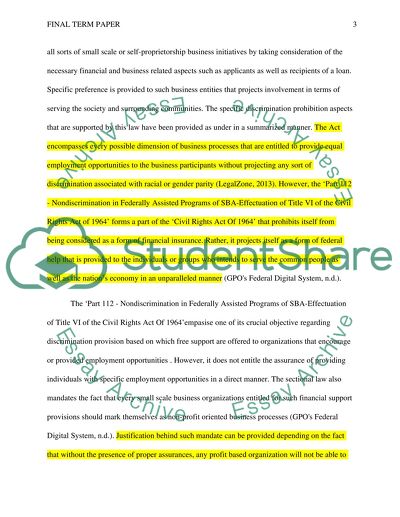Cite this document
(“Final term paper Example | Topics and Well Written Essays - 4000 words”, n.d.)
Retrieved from https://studentshare.org/law/1668113-final-term-paper
Retrieved from https://studentshare.org/law/1668113-final-term-paper
(Final Term Paper Example | Topics and Well Written Essays - 4000 Words)
https://studentshare.org/law/1668113-final-term-paper.
https://studentshare.org/law/1668113-final-term-paper.
“Final Term Paper Example | Topics and Well Written Essays - 4000 Words”, n.d. https://studentshare.org/law/1668113-final-term-paper.


